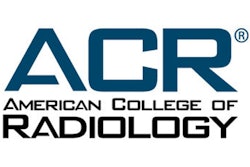
A coalition of groups representing specialty physicians is raising questions about the calculation of qualified payment amounts (QPAs) by insurers for out-of-network anesthesiology, emergency medicine, and radiology services. They believe the rates may violate the U.S. No Surprises Act.
The rates may be in violation of the act because calculations likely include rates from primary care provider (PCP) contracts rates for services that were never negotiated, according to a study by Avalere Health. The study was commissioned by the American College of Radiology, the American College of Emergency Physicians (ACEP), and the American Society of Anesthesiologists.
The No Surprises Act states that calculations of qualified payment amounts must be based on payment data from the "same or similar specialty" in the same geographic region. But the groups believe that insurers may instead be calculating median in-network rates for services by medical specialists using PCP-contracted rates for services that were never negotiated. Such service might never even be provided by those physicians and may never be paid
Using insurer-calculated qualified payment amounts that do not represent typical payments for these services may further narrow medical networks, deny patients their choice of providers, and could delay diagnosis and treatment of illness and injury, according to the organizations.
The groups call on federal policymakers to eliminate the QPA as the sole/primary factor in arbitration and ensure the integrity of the QPA system by insisting that rates be calculated based on "same or similar specialty" in network rates.



















